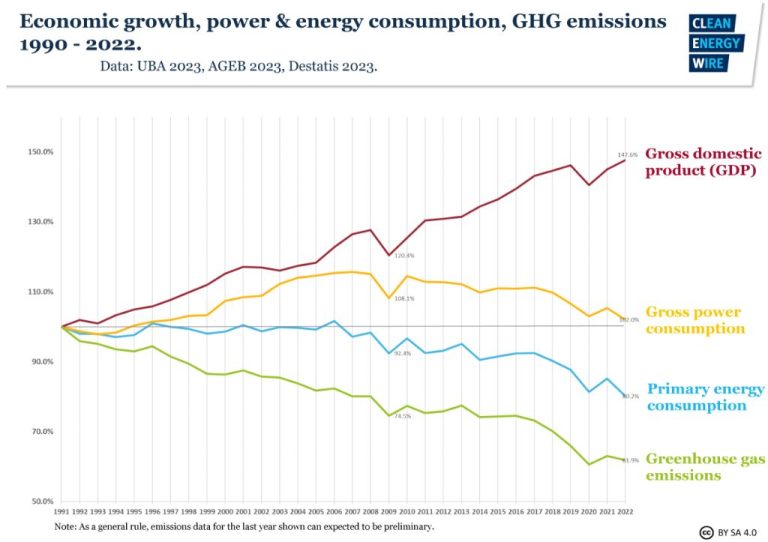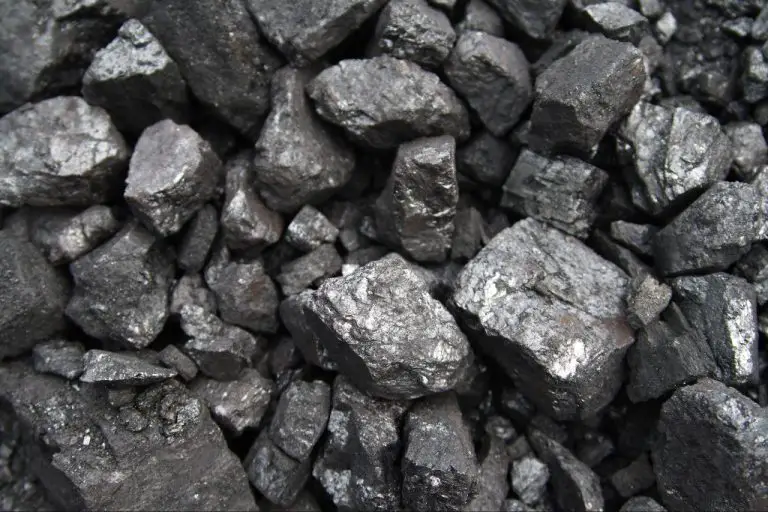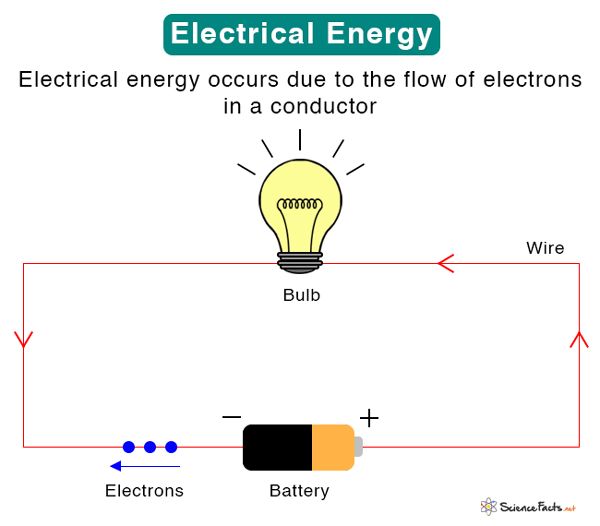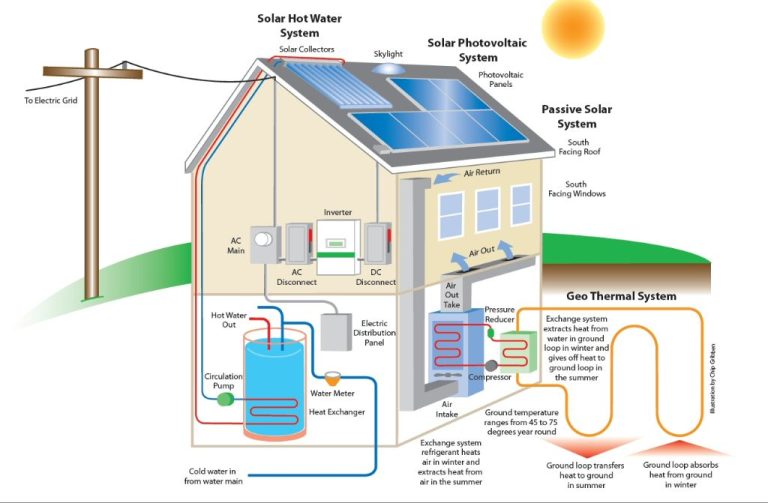Which State Has Highest Capacity Of Renewable Energy?
Renewable energy comes from naturally replenishing sources such as sunlight, wind, water, and geothermal heat. The development of renewable energy is critical for reducing greenhouse gas emissions, combating climate change, and transitioning away from finite fossil fuels. Understanding which states have the greatest renewable energy capacity provides insights into policy success, economic investment, and clean energy adoption across the country.
The leading renewable energy technologies include wind, solar photovoltaics, hydropower, geothermal, and biomass. Tracking the capacity from these sources by state reveals regional advantages and state-level priorities. States with plentiful renewable resources, such as strong winds or sunny climates, may possess greater potential. But policy incentives, economic factors, and political will also influence how much renewable capacity gets built.
This analysis of state renewable energy capacities will highlight national leaders, emerging trends, and the diverse policies and resources driving clean energy growth across the United States.
Wind Energy Capacity
Texas has the highest installed wind energy capacity of any U.S. state by far. As of 2022, Texas had over 36,000 megawatts (MW) of wind power capacity, which accounted for over 27% of the total U.S. wind energy capacity, according to the Energy Office of Nebraska [1]. The state’s ample wind resources, available land, and policies favorable to wind energy have made it the nation’s leader.
After Texas, the states with the next highest wind energy capacities are Iowa, Oklahoma, Kansas, and California. Iowa generated over 13,000 MW of wind power, followed by Oklahoma with over 10,000 MW. Kansas and California had over 7,000 MW and 6,000 MW respectively [2]. Other top wind power states include Illinois, Minnesota, Oregon, Colorado, and New York.
Many of the leading wind power states are located in the Midwest and Great Plains regions, which have excellent wind resources. States like Texas and Iowa also have policies that encourage wind energy growth. Overall, wind power accounts for a significant portion of electricity generation in states with high wind capacity.
Solar Energy Capacity
California leads the nation by far in installed solar capacity, with over 30,000 MW as of 2022 according to the Solar Energy Industries Association (SEIA) (https://www.seia.org/research-resources/top-10-solar-states-0). This is nearly 4 times more than the next highest state, Texas. Other top states for cumulative installed solar capacity include Florida, Arizona, North Carolina, New Jersey, Nevada, New York, Massachusetts, and Utah (https://www.statista.com/statistics/183531/renewables-in-the-us-leading-states-in-pv-capacity/). Many of these leading solar states like California, Arizona, and Nevada benefit from abundant sunlight which improves solar panel efficiency. State policies like renewable portfolio standards and net metering have also driven growth in solar adoption across top states.
Hydroelectric Capacity
The top hydroelectric producing states in the US are Washington, California, and Oregon. According to the U.S. Energy Information Administration, Washington state generates the most hydroelectricity, accounting for over 30% of total US hydroelectric generation. In 2022, Washington generated over 80 terawatt hours of hydroelectricity[1]. California follows with nearly 60 terawatt hours generated, and Oregon produces over 25 terawatt hours annually[2]. The majority of hydroelectric generation is concentrated in the Pacific Northwest region due to the optimal geography of the Columbia River basin and ample precipitation[3].
Geothermal Capacity
California has the highest installed geothermal electricity capacity in the United States, with over 2,700 MW as of 2021. This represents almost 60% of the total U.S. geothermal capacity. California has a unique geology that makes it well-suited for geothermal energy, with underground reservoirs heated by magma and hot springs feeding surface expressions. The Geysers in northern California is the largest geothermal field in the world.
Other leading geothermal states include Nevada, Utah, Hawaii, Oregon, Idaho and New Mexico. Nevada has the second highest capacity at nearly 1,000 MW, representing over 20% of U.S. geothermal capacity. The state’s Basin and Range geological province provides ideal conditions for geothermal resources. Utah comes in third with over 400 MW of installed capacity, followed by Hawaii (almost 200 MW), Oregon (over 150 MW), Idaho (around 150 MW) and New Mexico (over 100 MW).
Overall, the western states in the U.S. have the highest geothermal capacity due to their location along tectonic plate boundaries and volcanic regions, which provide heat sources and permeable rock for geothermal reservoirs. The total installed geothermal electricity capacity in the U.S. is around 4,500 MW as of 2021.
Biomass Capacity
According to Statista, Georgia was the largest consumer of wood and biomass waste in the United States in 2020, with a consumption of 208.2 trillion British thermal units. This accounted for 6% of the total US consumption of biomass waste that year [1].
Other top producing biomass states include North Dakota, Iowa, Mississippi, Georgia and North Carolina, according to Forbes Magazine [2]. Much of the growth in biomass electricity generation has occurred in southern states like Virginia, Florida, and Georgia according to EIA data [3]. These states have high biomass capacity due to abundant forest resources and strong policy support.
The overview shows that southeastern states like Georgia have emerged as leaders in installed biomass capacity thanks to plentiful biomass resources and supportive state policies.
Total Renewable Capacity
According to the U.S. Energy Information Administration, in 2021 the state with the highest total renewable energy generating capacity was California, with over 31,000 megawatts of capacity from sources including wind, solar, hydroelectric, geothermal and biomass energy. California was followed by Washington state, Texas, Oregon and New York as the top 5 states for total renewable energy capacity.
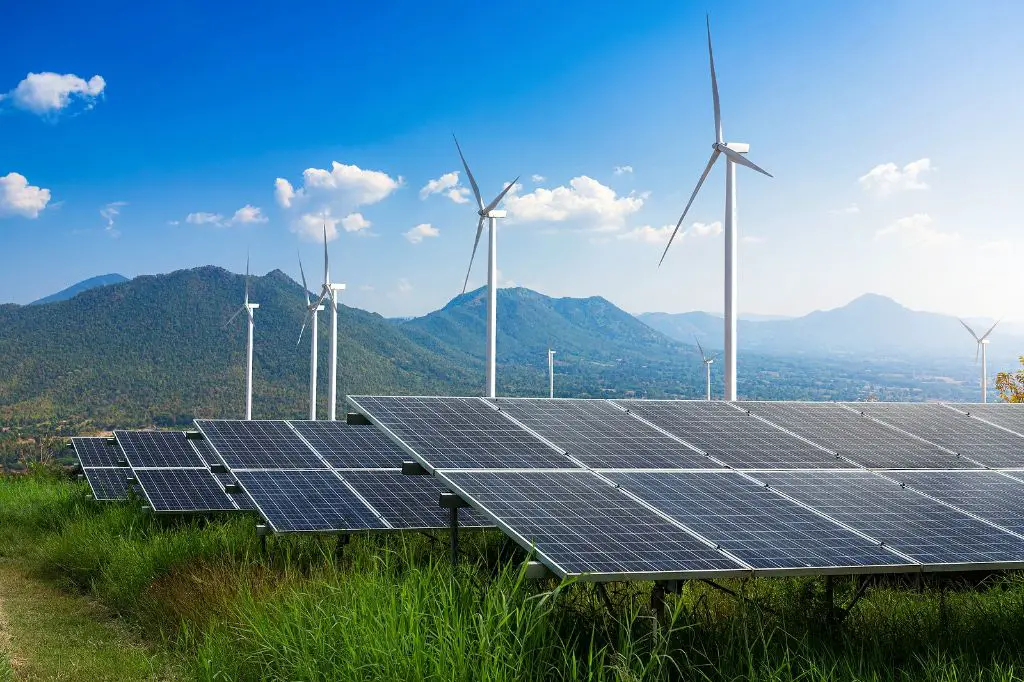
The high total renewable capacity in California is due to the state’s aggressive push for renewable energy adoption through legislation like the 100 Percent Clean Energy Act and renewable portfolio standards that require utilities to increase procurement from eligible renewable energy resources. The state also has plentiful solar and geothermal energy resources that contribute to its leading capacity.
While California leads in total capacity, some other states like Vermont and Idaho generate a higher percentage of their electricity from renewable sources. Overall, there are encouraging trends in renewable energy growth across many states as costs continue to decline and policies support greater adoption of technologies like wind and solar.
Growth Trends
In recent years, some states have seen significant growth in renewable energy capacity and investments. According to the Yale Climate Connections article, Texas and Iowa have led growth in wind power capacity, with over 30% of electricity generation in both states coming from wind in 2021 (source). California has also expanded solar and wind substantially, accounting for over 30% of U.S. solar generation. The state now meets around 33% of its total electricity demand from renewables (source).
Other states seeing major investments in renewables include New York, which plans to get 70% of its electricity from renewable sources by 2030, and Virginia, which became the first Southern state to commit to 100% carbon-free electricity by 2050 (source). Key policy drivers for renewables growth include state renewable portfolio standards, clean energy incentives and rebates, and declining costs for wind and solar technology.
Policy Drivers
The growth in renewable energy capacity in the top states can be largely attributed to pro-renewable energy policies adopted at the state level. According to the Database of State Incentives for Renewables and Efficiency (DSIRE), leading states like California, Washington, Oregon, and New Jersey have implemented aggressive renewable portfolio standards (RPS) requiring utilities to source increased amounts of energy from renewables each year. For example, California’s RPS requires 60% renewable energy by 2030 and 100% zero-carbon electricity by 2045.
Many states have also adopted strong net metering policies, which allow homeowners and businesses with renewable energy systems to sell excess power back to the grid. Net metering helps incentivize rooftop solar adoption. Some states like Rhode Island have passed laws directing state agencies to assess renewable energy potential and provide policy recommendations. For instance, Rhode Island 11-222 required state agencies to realize renewable energy growth through assessments and policies.
Conclusion
In summary, based on the analysis of renewable energy capacity across U.S. states, Texas emerges as the clear leader. With over 31,000 MW of installed wind power capacity and growing solar and other renewables, Texas far outpaces other states in total renewable energy contribution. California comes in second, thanks to robust solar and geothermal development to complement its wind and hydro resources. Other top states include Iowa, Oklahoma, and Kansas due to their high wind capacity installations.
While midwestern and plains states have benefitted from excellent wind resources, southwestern states like California, Nevada, and Arizona lead in solar power capacity. States with abundant hydroelectric power, like Washington and Oregon, also rank highly for renewable capacity. Each state has leveraged its unique geographic advantages for renewable energy development.
Looking ahead, as more states establish aggressive renewable portfolio standards and continue to retire fossil fuel plants, renewable energy capacity is forecast to expand rapidly. Texas, California, and other leading states are well-positioned to add significant new solar, wind, and storage projects to their energy mix in the coming decade. With sound policies and technological advances, states across the U.S. can tap their renewable resources to achieve a clean, reliable, and affordable power system.


